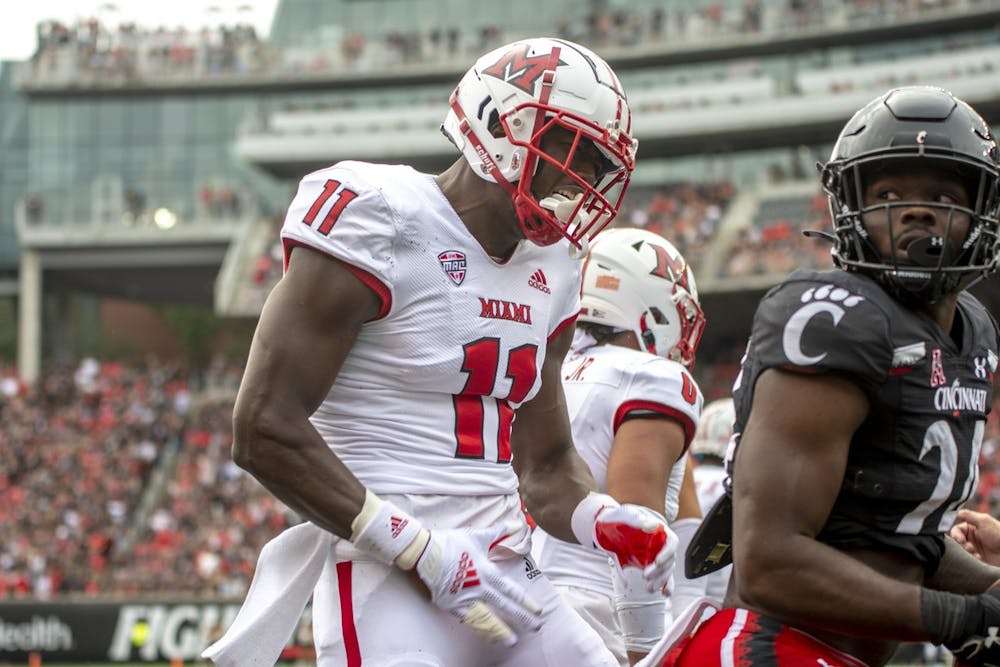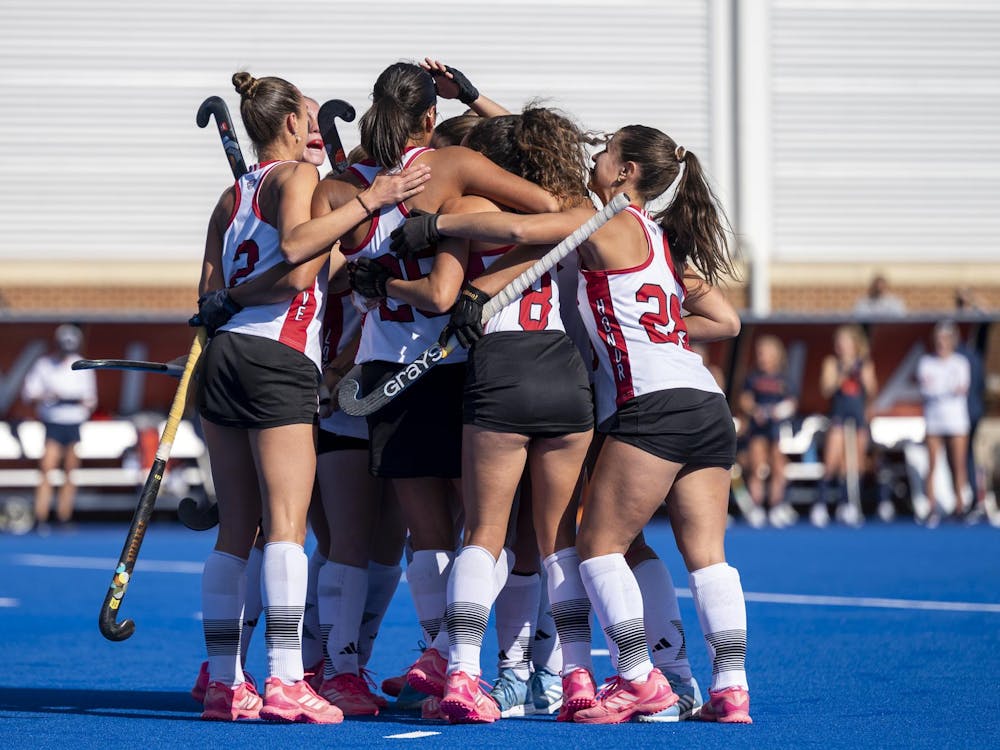We have a silly misconception about college athletics – especially college football.
We walk into our local college football stadium every week under this delusion. We watch our teams struggle for years or have great success, reaching the heights of New Years’ Six bowls or the lows of winless seasons.
All of this operates under our mistaken belief that the game of college football is inherently about, well, football.
The Big East wasn’t an especially stable conference after they decided to become a football conference. Thanks to tensions between the primarily basketball schools which formed the foundation of the conference and the newer, primarily football schools – Virginia Tech, Miami (the one in Florida), and Boston College all ended up jumping ship to the Atlantic Coast Conference (ACC) in 2005.
Those departures left the Big East with a hole they needed to fill – as they were under the minimum of 8 schools needed for a Bowl Championship Series (BCS, the college football postseason system at the time) automatic bid – so they began recruiting.
In 2005, the University of Cincinnati Bearcats were an alright team in the Conference USA – not quite good enough to challenge the top 25, but good enough to challenge powerhouse TCU for conference championships.
They’d just broken a 3-game Ben Roethlisberger-driven RedHawk win streak in the rivalry with a 45-26 win in Cincinnati in 2004, and finished behind only #6 Louisville in the Conference USA standings that season. And then the Big East came knocking.
College football isn’t about football. At the end of the day, it’s more about money than anything else.
In 2005, the Big East commanded around $15 million per year in media rights revenues from football alone. In the same year, Conference USA signed a five-year media rights deal – for a total of $21.9 million. In comparison, the Mid-American Conference (MAC) of which Miami has been a member since 1947 had a media rights deal worth approximately $600,000 per year.
In 2008, a new eight-year deal was signed with ESPN, netting the conference roughly $1 million per year. Assuming the even distribution of media revenues between the schools (general practice, but The Student was unable to find financial records from the time) Cincinnati would be receiving just under $2 million per year, almost 20 times what Miami would receive under the 2008 rights deal.
And money brings success.
In the years up until 1995, when Cincinnati made its move from being an Independent to the Conference USA, Miami led the Victory Bell series, 53-39-7. In the 10 years Cincinnati was in the Conference USA, the series was tied, 5-5.
Enjoy what you're reading?
Signup for our newsletter
Since Cincinnati’s move to the Big East in 2005, and the later rebranding of Big East football as the American Athletic Conference (AAC), which it remains as today, Cincinnati has won 15 out of 16 games – the only loss coming in 2005. Out of those 15 games, only four were decided by one score or less. Nine games were decided by three or more scores.
The AAC’s media rights deal currently averages $83 million per year – $7 million per school. The MAC receives $8 million per year – $600,000 per school. It’s not a surprise that Cincinnati keeps winning, making 11 times the revenue from media rights alone.
And it’s not getting better for the RedHawks. On Sept. 10, the Big 12 voted unanimously to accept Brigham Young University, Cincinnati, Houston, and University of Central Florida to the conference, beginning in 2024 and in part to replace Oklahoma and Texas, both departing for the Southeastern Conference.
The Big 12’s current media deal runs out in 2025, and we still don’t know how valuable the next one is going to be. Though it’s likely to be slightly smaller than the current deal, worth $200 million per year.
The move to a power conference is only going to push the Bearcats closer to being a title contender than a small-conference mid-major, and make their gap between the RedHawks ever greater.
The Victory Bell is the oldest current non-conference rivalry in the country, having first been played in 1888, and is scheduled to run through 2029. If Cincinnati keeps up its current win streak until then, it might be time to retire this game as a yearly event.
Unless, of course, there’s still enough money in it.




